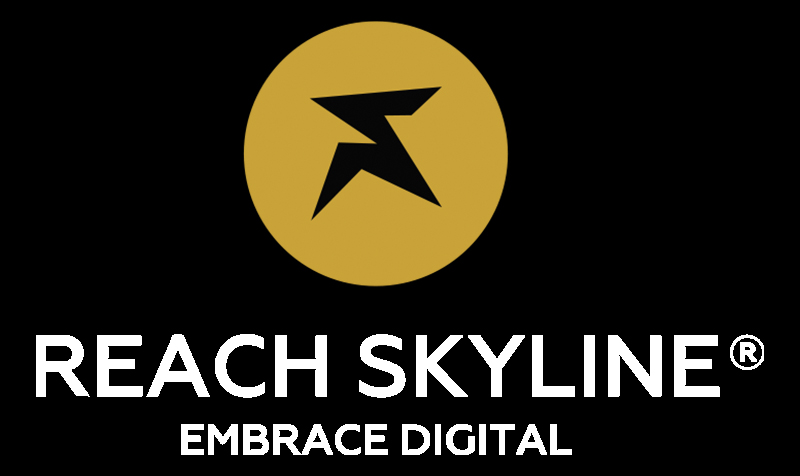How to Maximize ROI on Paid Ads with Data and Creativity
Introduction Paid advertising has become a cornerstone of online business growth, offering brands a powerful way to reach their target audience quickly and effectively. But simply running paid ads isn’t enough — maximizing return on investment (ROI) requires a thoughtful balance of data-driven insights and creative strategy. Brands that excel in paid advertising understand how to use analytics to inform creative decisions, ensuring that every dollar spent works toward generating meaningful results. For businesses aiming to get the most from their ad spend, working with a Digital Marketing Agency can make a significant difference. These agencies bring a combination of expertise, advanced tools, and innovative thinking to the table. They know how to interpret data, identify opportunities, and craft compelling campaigns that resonate with the right audience. This blend of strategy and creativity helps businesses optimize their ad performance while keeping costs in check. This article explores how brands can maximize ROI on paid ads by leveraging data and creativity. It also discusses the crucial role a Digital Marketing Agency plays in developing campaigns that drive both engagement and conversions. The Role of Data in Paid Advertising Data serves as the foundation for any successful paid advertising campaign. It provides the insights needed to make informed decisions about targeting, messaging, and budget allocation. By analyzing data, businesses can identify which strategies work, where improvements are needed and how to maximize their advertising investment. A Digital Marketing Agency uses data to refine audience targeting. By studying demographic information, browsing behavior and purchasing history, agencies can create detailed customer profiles. This allows them to deliver ads to the people most likely to engage with the brand, reducing wasted ad spend and increasing conversion rates. Performance tracking is another critical aspect of data-driven advertising. Metrics like click-through rates (CTR), cost per acquisition (CPA) and return on ad spend (ROAS) help businesses gauge the effectiveness of their campaigns. Regularly analyzing these metrics enables marketers to adjust their approach in real time, ensuring that ads continue to deliver strong results. Predictive analytics also plays a role in maximizing ROI. By using historical data to forecast future trends, businesses can anticipate audience behavior and plan their ad strategies accordingly. This proactive approach helps brands stay ahead of the competition and capitalize on emerging opportunities. The Power of Creativity in Paid Ads Combining Data and Creativity for Maximum Impact The true power of paid advertising lies in the synergy between data and creativity. When businesses combine analytical insights with innovative content, they create campaigns that are both strategic and compelling. This balance ensures that ads reach the right people with the right message at the right time. A Digital Marketing Agency excels at integrating data and creativity. They use audience insights to inform creative decisions, ensuring that content aligns with customer preferences and behaviors. For example, if data reveals that a specific demographic prefers video content, the agency focuses on producing high-quality video ads tailored to that group. A/B testing is a valuable technique for optimizing this balance. By running multiple versions of an ad with different visuals, headlines, or calls to action, businesses can determine which elements perform best. Analyzing the results helps refine creative choices and improve overall campaign effectiveness. Dynamic creative optimization (DCO) takes this approach a step further by using real-time data to adjust ad content automatically. This technology enables brands to deliver personalized ads based on user interactions, ensuring that each ad remains relevant and engaging throughout the customer journey. Budget Optimization and Cost Efficiency Maximizing ROI also requires careful budget management. Businesses must allocate their ad spend strategically, focusing on high-performing channels and campaigns while minimizing unnecessary costs. Data analysis plays a crucial role in identifying the most cost-effective strategies. A Digital Marketing Agency helps businesses optimize their ad budgets by continuously monitoring performance and reallocating resources as needed. If one platform delivers higher conversions at a lower cost, the agency shifts more budget toward that channel. This agile approach ensures that every dollar spent contributes to the campaign’s success. Bid strategy optimization further enhances cost efficiency. Agencies use automated bidding tools to adjust bids based on performance data, maximizing visibility without overspending. Techniques like target ROAS and cost-per-click (CPC) bidding help balance cost and results. Timing also affects budget efficiency. By analyzing audience behavior, businesses can determine the best times to run ads for maximum engagement. Scheduling campaigns during peak activity hours increases the likelihood of clicks and conversions, improving overall ROI. Measuring Success and Refining Strategies Regular strategy reviews keep campaigns aligned with business goals. As market conditions and customer preferences evolve, businesses must adapt their approach to maintain effectiveness. A data-driven, creative strategy ensures that brands stay responsive and competitive. Maximizing ROI on paid ads requires a strategic blend of data and creativity. By using analytics to inform creative decisions, businesses can create campaigns that resonate with their audience while delivering measurable results. This balance ensures that every ad dollar contributes to engagement, conversions and growth. Working with a Digital Marketing Agency offers the expertise and resources needed to achieve this balance. Agencies provide data-driven insights, creative excellence and ongoing optimization, helping businesses get the most from their ad spend. In a competitive digital landscape, this strategic approach drives long-term success and maximizes return on investment.












